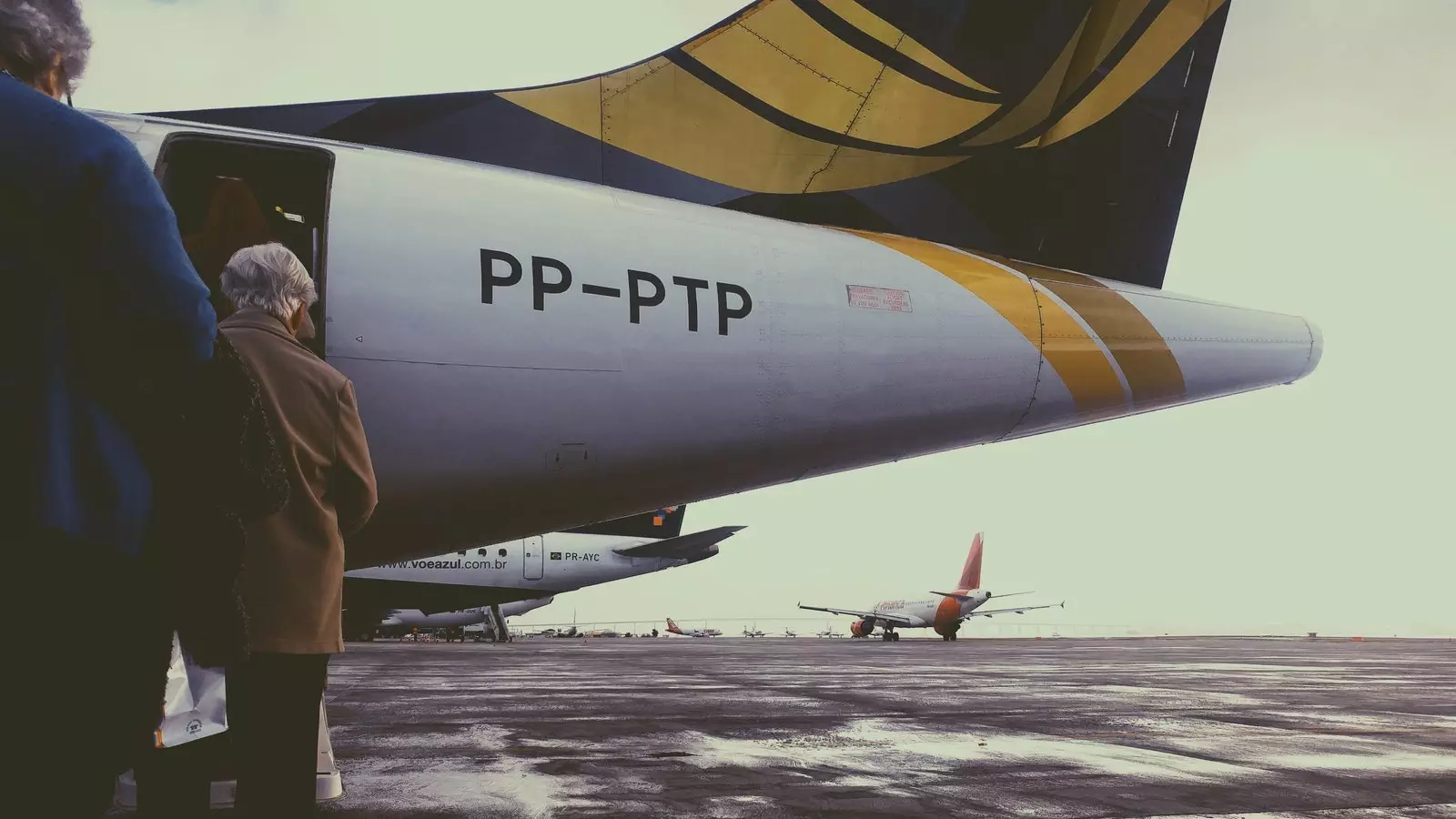
Europe loses 6,000 air connectivity routes
Installed already in 2021 we continue knowing new figures that show what many already predicted , the fact that it is quite possible that 2020 has been the worst year in the history of aviation . To the well-known air crisis caused by the health pandemic that left most of the world fleet on land, figures are being added that we are discovering as the months go by. One of the last to be made public has been the one extracted from the last report of ACI Europe , where it is shown that Europe has lost 6,000 air connectivity routes that have not yet been recovered . And what's left.
Although this report does not measure the volume of passengers, it shows to what extent Europe's airports are connected and accessible from the rest of our continent and also from the world. For analysis, the Airports Council International (ACI) uses a set of direct, indirect and hub connectivity indices.
WHY IS AIR CONNECTIVITY SO IMPORTANT?
The fact that there are more or fewer air routes affects not only the airlines, but to the entire tourism value chain . "Air connectivity has been reduced because the airlines have had to reduce costs," confirms Josep Huguet, director of tourism at the consulting firm Minsait, and continues, "the airlines have focused on those few routes that they believe can be profitable given the context current".
The expert insists that the fact that air connectivity has decreased so much "is not a good figure for the sector in general, since this loss also means a brake on the sales capacity of hoteliers , who now have fewer options to sell their product because the customer may not be able to reach it”. Huguet, who insists on the fact that “ many hoteliers depend on connectivity ”, He exemplifies it with what is happening in some destinations, “the paradigm of all this are the islands, since without flights there are no arrivals or any movement”.
In the case of travelers and destinations, the loss of connectivity represents a very important limitation of the offer available to make shorter or even more spontaneous trips , for example the escapades . “If you want to make a weekend trip to Venice and it turns out that there is no direct flight from your city when there used to be, any traveler will choose another destination where they can fly directly, since nobody is going to take a flight with a stopover to spend a weekend as a getaway” , confirms Josep Huguet.
For his part, O livier Jankovec, CEO of ACI Europe , was quick to point out that "air connectivity is an essential part of the productive capacity of our societies, each 10% increase in direct air connectivity generates a 0.5% increase in GDP per capita . It is what holds Europe together, allowing local economic development, inward investment and tourism ”. Jankovec also predicts that "we will not rebuild and recover the sector without first restoring air connectivity."
MADRID-BARAJAS: THE MOST AFFECTED EUROPEAN AIRPORT
Anyone who has had the opportunity to fly during these months will have witnessed how devastating it is to fly today, when even in the months of supposed greatest influx the airports have remained without passenger transit and with arrivals and departures of flights reduced to the minimum expression . Regarding this, the ACI Europe report also has something to say: The direct connectivity of the airports of the European Union and the United Kingdom have been the most affected , with direct connectivity almost disappearing in April, then experiencing a weak recovery during the summer peak, especially in August, in -55% , before returning to fall in September to -62%.
Among the largest EU/UK airports, the largest declines in direct connectivity were recorded at Madrid-Barajas (-71%), Rome-Fiumicino (-70%), Munich (-68%), London-Heathrow (-68%) and Frankfurt (-67%) . “The airports that are suffering the most are the ones that work with a hub model , since at miss intercontinental flights they have also lost connecting European flights”, explains Josep Huguet. The expert advances that the fact that Madrid-Barajas has been the most affected European airport "surely owes its poor figures to the fact that brings together a lot of traffic from LATAM, more affected by the pandemic than, for example, Asia , where we barely have routes, when others like Heathrow or Frankfurt do”.
On the contrary, the report also reveals that direct connectivity in Russian and Turkish airports it has proven to be more resilient, both because of the size and the relative dynamics of its domestic market. That is why its direct connectivity losses have been more contained for Moscow-Domodedovo (-12%), Saint Petersburg (-26%), Moscow-Vnukovo (-28%) and Istanbul-Sabiha Gökçen (-33%) . For Huguet, "these airports depend less on international traffic, and may even have been less restrictive with the pandemic, so their figures, which are better, may be due to the sum of both factors."
ACI EUROPE is the European region of Airports Council International (ACI), the world's only professional association of airport operators. ACI EUROPE represents more than 500 airports in 45 European countries . Members facilitate more than 90% of commercial air traffic in Europe: 2.5 billion passengers, 20.7 million tons of cargo and 25.7 million aircraft movements in 2019. In response to the climate emergency, in June 2019 all members committed to achieving net zero carbon emissions for operations under their control by 2050, without offsetting.
